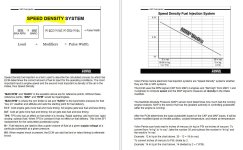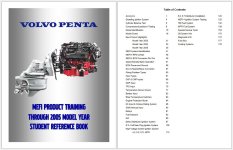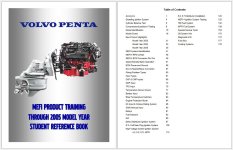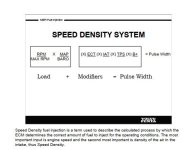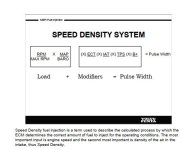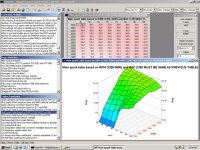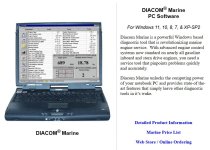Bigbore500r
Well-Known Member
- Joined
- Apr 28, 2014
- Messages
- 18,503
- Reaction score
- 39,402
Im glad it worked out for you. It hasn't for ALOT of people over the years.I've seen seven Raylar 8100's over the past 10 years (and done two of those myself, including one I owned -- a 2003 Volvo Penta). The only one that ever had problems was the one where a bonehead decided to 'go for it' using the stock pistons. It was quite satisfying in that case to say "I told you so"...
That said, this is the first I've heard of a less than excellent reputation for the Raylar modified 8100...care to share your experience?
I personally would not risk my parts, for the sake of saving money and just cranking fuel pressure as a bandaid.
I've done it both ways - one way is right, the other is "yore results may vary...."



